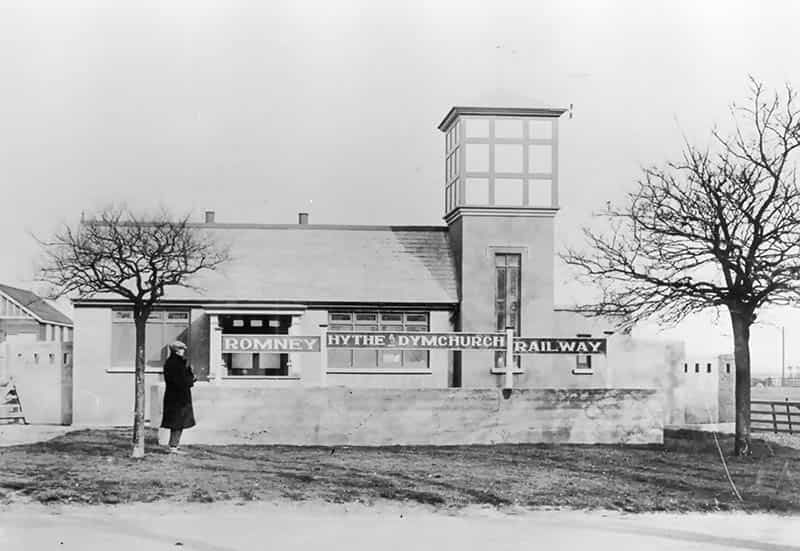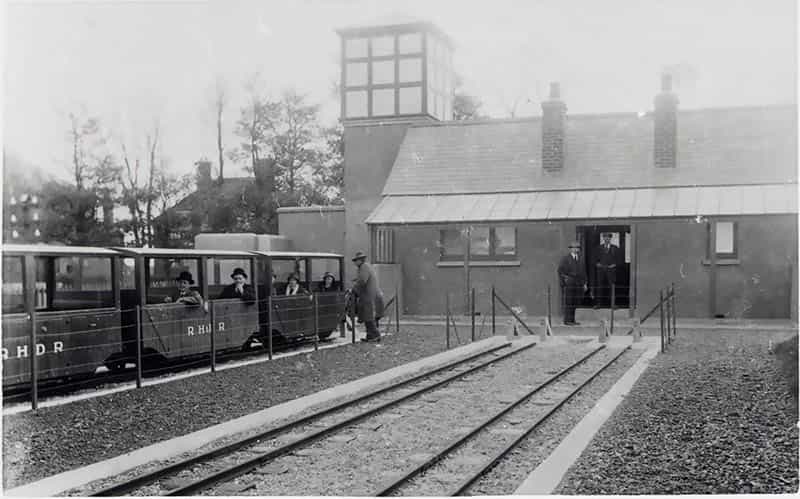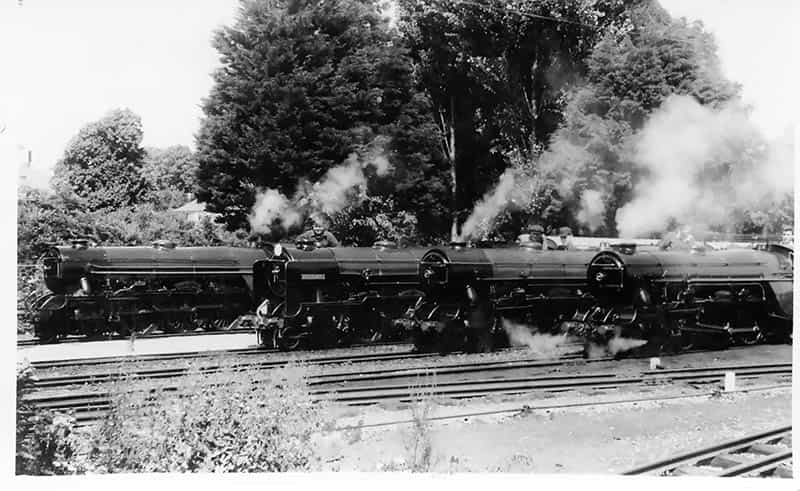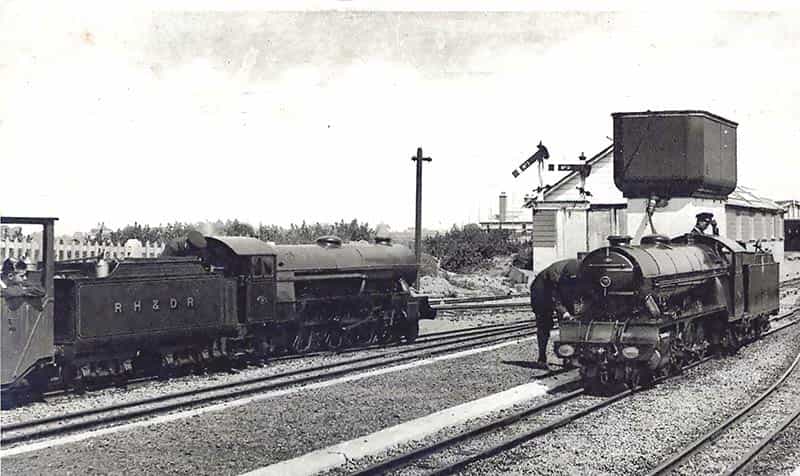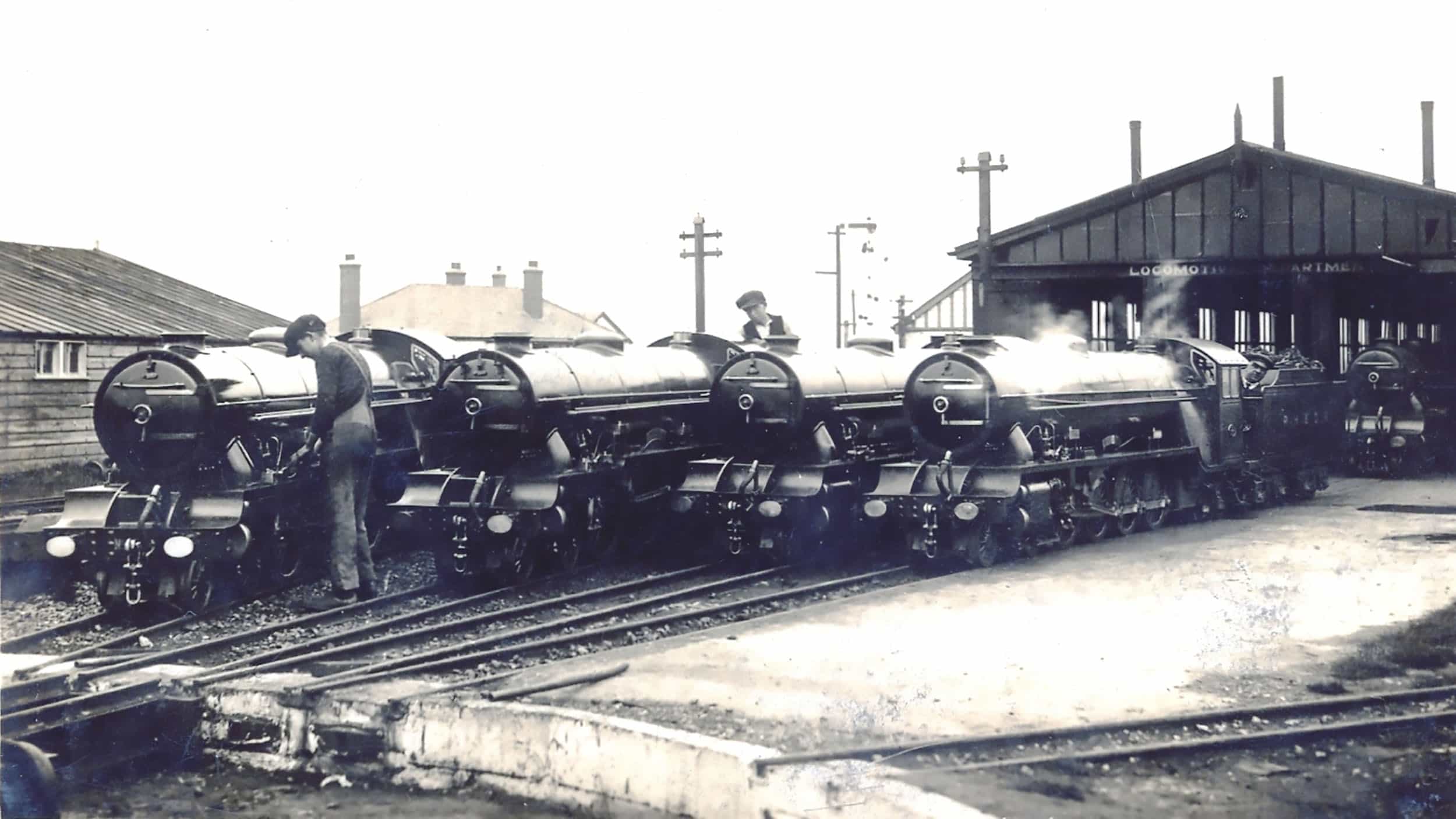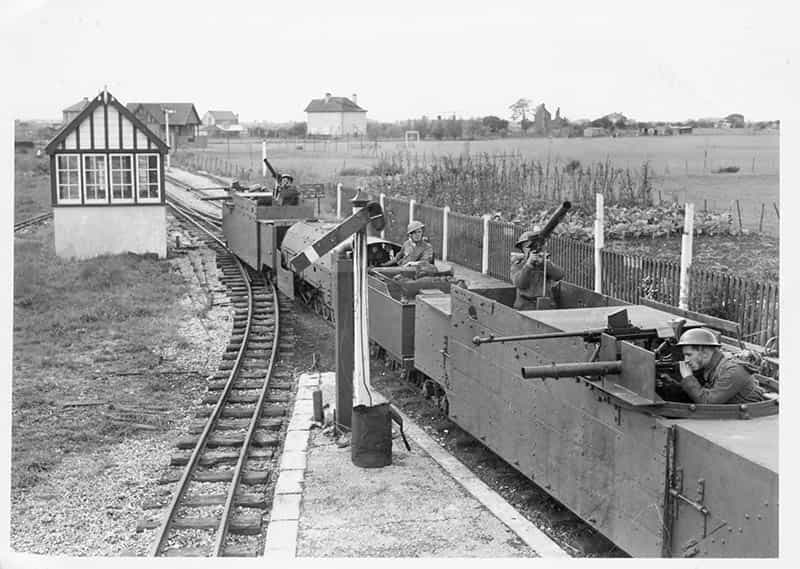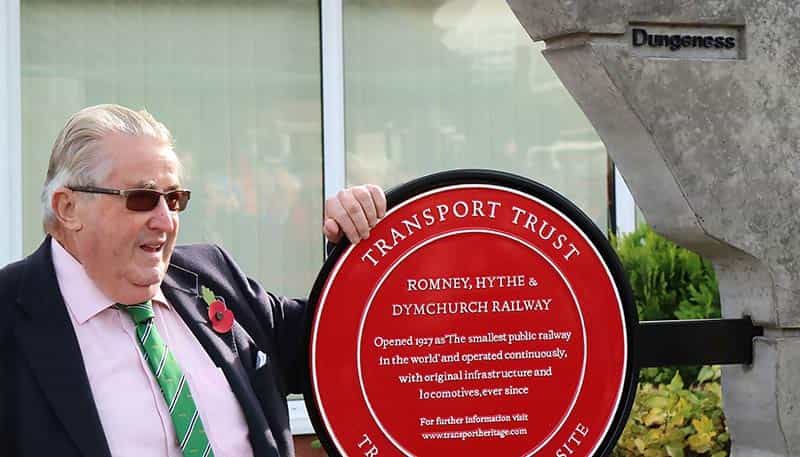
Since 1927 the Romney, Hythe & Dymchurch Railway has been an integral part of the landscape of the Romney Marsh.
Known as “Kent’s Mainline in Miniature”, our world famous one-third full size steam & diesel locomotives have powered their way along the 13½ miles of track from the Cinque Port town of Hythe, terminating in Dungeness; a National Nature Reserve. With 4 stations in between, all within walking distance of a beach, our railway provides you with an opportunity to explore this unique corner of Kent. Coast & country walks, with all manner of wildlife & flora to be seen, cycle rides, medieval churches and iconic lighthouses are all on our doorstep.With excellent catering facilities available at some stations, our ever-popular Model Railway Exhibition, play parks, good station shops and facilities to assist our disabled visitors, RH&DR is the perfect any-weather, all-generations great day out.
Coast & country walks, cycle rides, medieval churches and iconic lighthouses are all on our doorstep"
HOW IT ALL BEGAN
The RH&DR was the culmination of the dreams of Captain J. E. P. Howey — a racing driver, millionaire land owner, former Army Officer and miniature railway aficionado and Count Louis Zborowski — eminently well-known racing driver of his day (famous for owning and racing the Chitty Bang Bang Mercedes).BUILDING THE RAILWAY
The Count was keen to build a fully working railway using the 15" gauge and Howey was inspired by the vision also. To try to fulfil their ambition the pair attempted to purchase the Ravenglass and Eskdale Railway in the Lake District, but to no avail.Despite this setback, the Count ordered two Pacific locomotives (Green Goddess and Northern Chief), to be designed by the leading model engineer of his day, Henry Greenly and built in Colchester by Davey, Paxman and Co.
Before they were delivered the Count was killed while racing at Monza in the Italian Grand Prix. Howey was left with two locos and the task of finding somewhere to run them. He commissioned Greenly to help him, and it was he that came up with the Romney Marsh.
THE OFFICIAL OPENING
The official opening took place on 16th July 1927, with Hercules hauling that inaugural train from Hythe to New Romney. When first opened to the public the line only covered, in double track, the eight miles between Hythe and New Romney. Owner Captain Jack Howey soon had his eye on extending the line and in 1928 double tracks carried the trains to Dungeness via Greatstone.In 1928 double tracks carried the trains to Dungeness via Greatstone."
A fantastic main line ride of 13.5 miles.
THOSE EARLY YEARS
During those early years, the railway became famous and people came to ride on the 'Smallest Public Railway in the World'.
The locomotive fleet was extended to nine main-line express engines and a fleet of luxurious coaches were built. The war years took their toll, the line being requisitioned by the War Department — they even created the only miniature armoured train in the world — and was used extensively during the building of PLUTO (Pipe Line Under The Ocean) which fuelled the Allied invasion force.-
POST-WAR
As peace-time returned, the RH&DR were keen to re-open which they soon did; Hythe to New Romney in 1946 and the Dungeness section following a year later with Laurel and Hardy cutting the ribbon. But the cost of hostilities were obvious; New Romney to Dungeness was now single line only, as the raw materials to re-build were scarce and the cost high.
The post-war years were good, and the publicity gained from being a front-line railway paid some dividends. The fifties and early sixties saw a boom in tourism and the Kent coast and the RH&DR benefited greatly, but the arrival of cheap package holidays to sunnier climes soon saw the passenger numbers fall.
Owner Howey was also ageing (he died in September 1963) and investment in the railway was not all it could have been. As new owners took the concern on and then passed to yet other new owners, the extent of this lack of investment became apparent. Bridges were in poor condition, rolling stock was ageing and uncomfortable, locomotives were costly to maintain. -
The war years took their toll with the line being requisitioned by the War Department
"
SIR WILLIAM McALPINE
After a near-death experience a new consortium, headed by Sir William McAlpine, saved the day in 1973 and much investment has taken place over the intervening years to ensure the railway maintains its title as Kent’s Mainline in Miniature and continues to uphold a high standard of customer service.-
12 January 1936 - 4 March 2018 -
2017 saw Sir William look proudly upon some of his many achievements when, for the RH&DR 90th anniversary, Typhoon was paired with Flying Scotsman at the Bluebell Railway.
After many years dedicated to the RH&DR as Chairman of the Board and serving many other communities Sir William McAlpine passed away in 2018.
